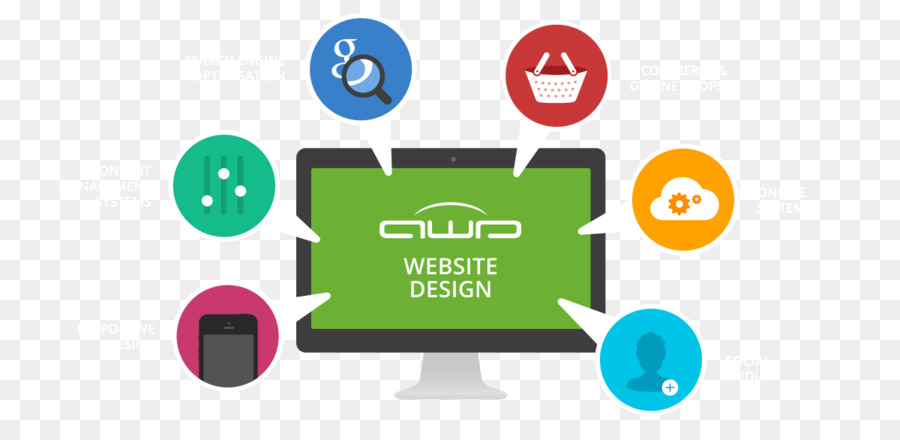The Improvement Of Online Operatings Systems: A Journey Through Time
The Improvement Of Online Operatings Systems: A Journey Through Time
Blog Article
Post Produced By-Johansen Wong
In the past, sites were simple and focused on details. Navigating was straight, and layout was for desktop computers. Currently, website layout is crucial. Data guides designs for simple navigating. Receptive formats suit different tools. Today, dark mode minimizes strain, and minimal food selections boost navigating. Interactive functions engage customers, and strong visuals stand apart. AI assimilation increases engagement. See how style has actually progressed to boost your online journey.
Early Days of Web Design
In the early days of website design, simplicity reigned supreme. https://www.b2bmarketing.net/en-gb/resources/blog/five-best-digital-marketing-strategies-b2b-can-learn-b2c were standard, with limited colors, typefaces, and designs. The focus was on supplying info rather than showy visuals. Customers accessed the internet through slow-moving dial-up connections, so rate and performance were crucial.
Navigating menus were straightforward, generally situated at the top or side of the page. Sites were developed for home computer, as mobile browsing wasn't yet prevalent. Content was king, and developers focused on very easy readability over intricate design components.
HTML was the primary coding language utilized, and designers had to work within its restraints. Animations and interactive features were marginal compared to today's requirements. Web sites were static, with little dynamic content or tailored individual experiences.
Rise of User-Focused Style
With the evolution of web site style, a change towards user-focused layout concepts has come to be increasingly prominent. Today, creating sites that focus on user experience is important for involving visitors and achieving organization goals. User-focused style includes understanding the requirements, choices, and actions of your target audience to customize the website's design, content, and includes appropriately.
Designers currently perform detailed research, such as customer surveys and usability testing, to collect understandings and comments straight from users. This data-driven method assists in producing instinctive navigating, clear calls-to-action, and aesthetically appealing user interfaces that resonate with site visitors. By positioning the customer at the center of the design process, web sites can deliver a much more customized and enjoyable experience.
Responsive style has actually also become an essential facet of user-focused layout, making sure that web sites are maximized for various gadgets and screen dimensions. This flexibility boosts accessibility and use, catering to the diverse methods users connect with web sites today. Fundamentally, the rise of user-focused design indicates a shift towards developing digital experiences that focus on the needs and assumptions of completion individual.
Modern Trends in Web Design
Check out the latest fads forming website design today. One popular pattern is dark setting design, using a streamlined and modern-day appearance while lowering eye stress in low-light settings. Another crucial trend is minimalist navigation, simplifying food selections and improving individual experience by concentrating on essential elements. Incorporating micro-interactions, such as animated buttons or scrolling results, can develop a more interesting and interactive site. Responsive layout remains important, guaranteeing smooth individual experiences throughout various devices. In addition, utilizing strong typography and unbalanced layouts can add visual rate of interest and accentuate particular content.
Integrating AI modern technology, like chatbots for consumer support or tailored recommendations, enhances customer interaction and simplifies processes. Accessibility has additionally end up being a significant pattern, with designers prioritizing comprehensive design techniques to satisfy diverse user requirements. Accepting simply click the following page by enhancing internet site efficiency for rate and performance is an additional emerging pattern in website design. Teaming up with customer responses and information analytics to iterate and enhance layout continuously is vital for staying relevant in the ever-evolving digital landscape. By embracing these contemporary trends, you can create an aesthetically enticing, straightforward site that reverberates with your audience.
Conclusion
As you assess the development of internet site layout from the very early days to now, you can see how user-focused design has actually become the driving force behind contemporary trends.
Accept the trip of adjustment and adaptation in web design, always maintaining the user experience at the forefront.
Keep existing with the most up to date fads and innovations, and never ever stop developing your strategy to develop aesthetically magnificent and straightforward sites.
Develop, adapt, and create - the future of web design is in your hands.
